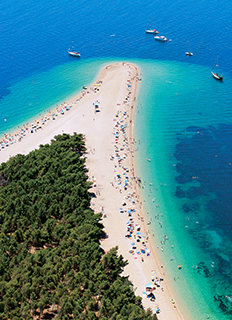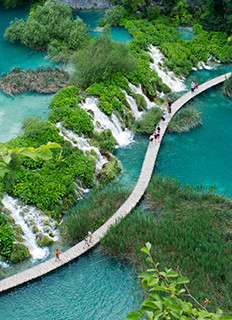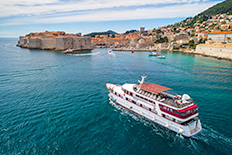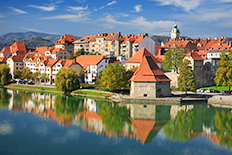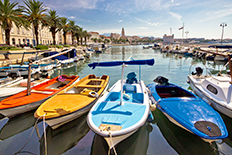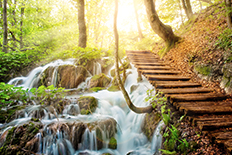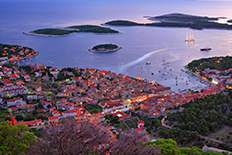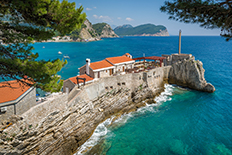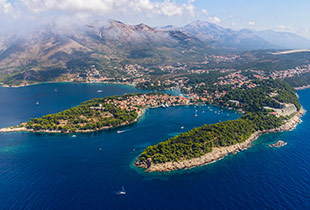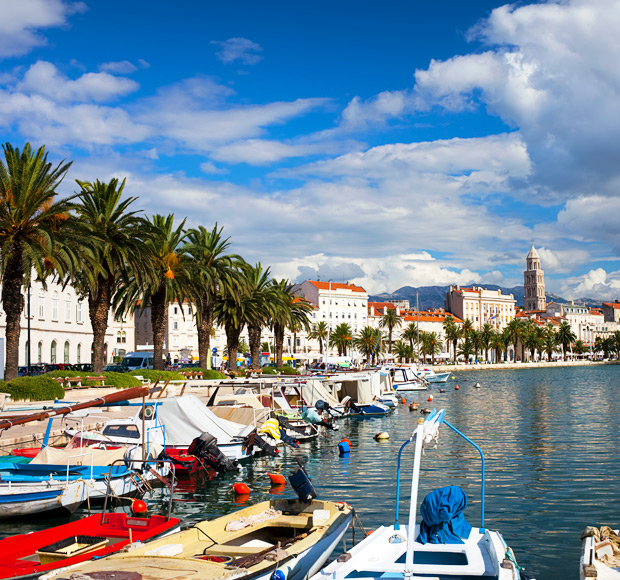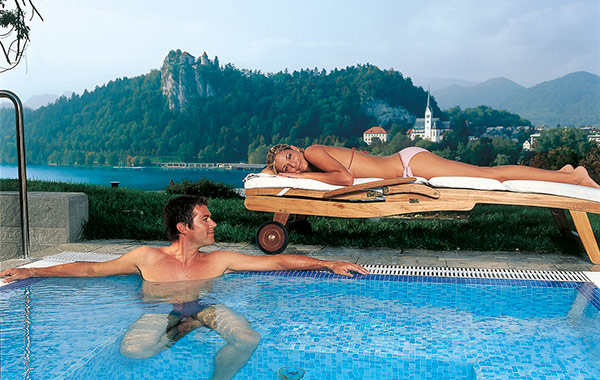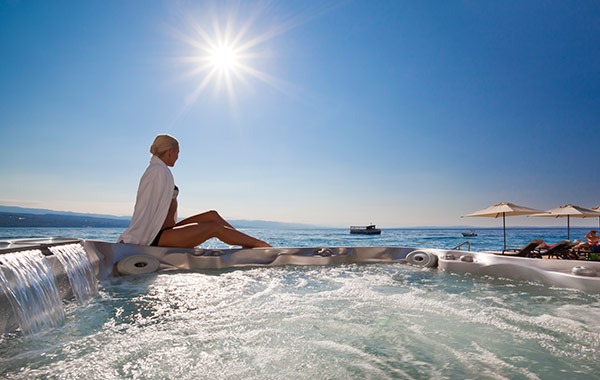- HOLIDAY TYPES
- DESTINATIONS
- BULGARIA
- Bourgas Area
- Sunny Beach
- Nessebar
- Sozopol
- Duni
- Pomorie
- St Vlas
- Obzor
- Varna Area
- Golden Sands
- Albena
- St Constantine and Helena
- Bulgaria Mountains
- Bansko
- Borovets
- Pamporovo
- EXTRAS
Croatia Holidays
The crystal clear waters of the Adriatic together with enchanting coastal towns and villages mean Croatia has one of the most beautiful coastlines in the world that attracts holidaymakers year after year.
A World of Holidays to Choose From
Our collection of great value for money Summer Holidays in Croatia
Popular Summer Holiday Resorts in Croatia
Travel Guide
How does one create a picture in the mind of Croatia using mere words? It would take an uncountable number of photographs and smells, videos and sensations to accurately portray this incredible country, and you'd still fall someway short of getting the atmosphere right. No - the easiest way to witness Croatia is to travel there yourself, and see the exquisite beaches and unique culture, and experience the Mediterranean as it once was.
History
Croatia's history is fascinating and varied. Its position between the central European and Mediterranean worlds once marked the division of two halves of the Roman Empire. As a state, it possessed a sizable military force under King Tomislav, while disputes over its independence have undoubtedly left well-worn scars that will prove fascinating for the intrepid traveller to explore.Croatia possesses a number of must-visit sites that offer an insight into its past. The walled city of Dubrovnik has watched impassively as empires rose and fell since the seventh century. Within its ancient fortifications you'll find a plethora of palaces, castles and churches that hint at what came to pass here. Across Croatia, a muddle of architectural styles blend together seamlessly, drawing from the many civilisations that have called this part of the world home.Be sure to visit the stunning Euphrasian Basilica in Porec, a town that recently celebrated its 2,000th birthday. Or Diocletian's Palace in Split, which was constructed by the Roman emperor Diocletian in preparation for his retirement. Pula's amphitheatre, Dubrovnik's Franciscan Monastery and the cliffside Fort Lovrijenac also shouldn't be passed up.
Culture
The culture of the Croatian people owes a lot to the history of this incredible country. Art, architecture and cuisine are influenced by the myriad civilisations that have marched through here, each leaving a mark in their own way.You'll undoubtedly want to learn about the local culture at one of Croatia's cultural institutions, which are many and of a great quality. They are, as you would expect, concentrated in the major cities, so if you're staying outside of these, it's worth travelling in. Among the highlights, the Archaeological Museum in Split is definitely worth a visit, as is the Croatian Museum of Naive Art.Croatian food is characterised by its use of completely fresh ingredients. Fruit and vegetables feature prominently, and in coastal areas, you will be very impressed by the quality of the fish. Thick tasty stews and fresh crisp salads are especially popular, as are meaty sausages and, surprisingly, excellent pasta dishes thanks to extensive influence from the Italians. Alcohol-wise, don't forget to try rakija, a fragrant fruit-based concoction that can be rather potent. Handle with care!
Language
The Croatian language is the country's official language. Useful phrases include Kako si? an informal 'how are you?', Bok or Cao both of which mean 'hello' and Hvala 'thank you'. Use them throughout your trip and you will be rewarded with a smile.
Weather
Holidaying in Croatia, you can generally expect a Mediterranean climate that boasts long, hot summers and mild winters. Weather does not differ dramatically from north to south, although you can obviously expect lower temperatures in the mountains. The very northern Pannonian Plains also differ from the rest of the country, with very hot summers and very cold winters.
Geography
Much of Croatia is low-lying, with an elevation of below 200 metres above sea level. Most of these areas are in the country's northern regions. However, the landscape dips and soars with the Dinaric Alps to the north, a mountain chain that spans Italy, Slovenia and Bosnia, as well as Croatia and several other countries.Looking at it from above, the country appears crushed against the coastline with a tendril escaping to loop round to Bosnia and Herzegovina. There is great scope for variety across its long and beautiful shores, which are made up of pristine beaches and interesting little ports. A scattering of islands also provides intrigue.
Regions
Croatia has long been divided into four historical and cultural regions - Croatia Proper, Dalmatia, Slavonia and Istria. Croatia Proper encompasses much of the central part of the nation, including the capital Zagreb. Dalmatia is perhaps the most tourist-friendly of the four, comprising the coast and many of the islands. Slavonia is the majority of inland eastern Croatia while Istria consists largely of the Croatian part of its eponymous peninsular.
Cities
Dubrovnik and Split are perhaps touted as the destinations most travelled to by tourists. The crucial parts they have played in Croatia's history are well worth exploring. However, it would be wrong to dismiss Pula in Istria, which possesses a unique and wonderful charm that can be thoroughly explored. Those seeking island beauty should head to Hvar city of Hvar island, which has a long and distinguished history as the centre for trade and culture in the Adriatic.
Passports and visas
Croatia is an EU member state, and British nationals do not require a visa for tourist and business trips of up to 90 days in any six month period. You will naturally require a passport to cross the border and it needs to be valid for the proposed duration of your stay. It is remarkably safe to travel in Croatia, with the vast majority of the 400,000 visits from UK nationals being trouble-free.
Money
The Croatian Kuna is the nation's currency. It's worth informing the currency exchange a day or two in advance if you're looking to purchase it before going abroad as it may take some time to get some in stock. Major credit and debit cards are accepted in most banks and hotels. It is recommended visitors only exchange money at reliable places such as banks and at ATMs, following reports of a rise in forged Croatian kuna banknotes.
Weather
Average High Temperature (°C)
20
10
0
0
5
10
15
J
F
M
A
M
J
J
A
S
O
N
D
Average days with sun
Map
Quick Facts
 Capital
CapitalZagreb
 Language
LanguageCroatian
 Time Zone
Time ZoneGMT +1
 Arrival airports
Arrival airportsDubrovnik, Split, Pula
 Flying Time
Flying Time2hrs - 3hrs
 Beach Resorts
Beach Resorts31
 Lakes & Mountains Resorts
Lakes & Mountains Resorts1
Currency
 Currency
Currency
Euro (EUR)
 Typical cost of
Typical cost of
Lunch Pizza - £6
Local Beer - under £2
Three Course Meal - £12
Resort List
More Holiday Ideas
Why book with us?
Balkan Holidays has 59 years of experience in providing great value summer and
winter holidays
and since 1966 we have sold millions of holidays.
From Your
Local Airport
Local Airport
Trust
the Specialist
the Specialist
Free
Child Places
Child Places
Fully Protected
Holidays
Holidays
No Hidden
Fees
Fees
Loyalty
Discount
Discount
